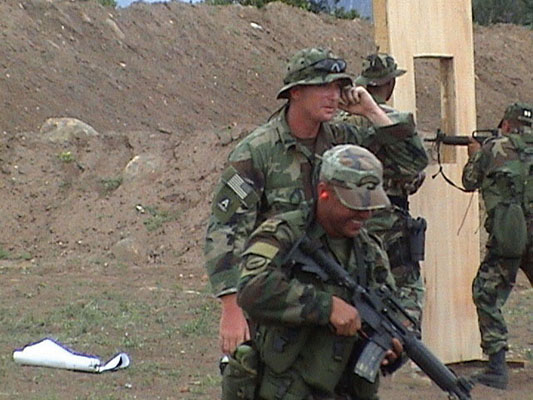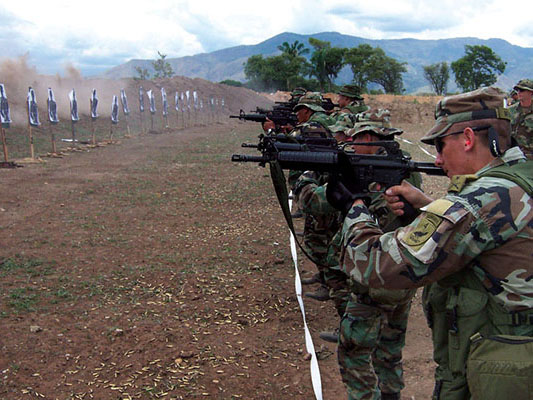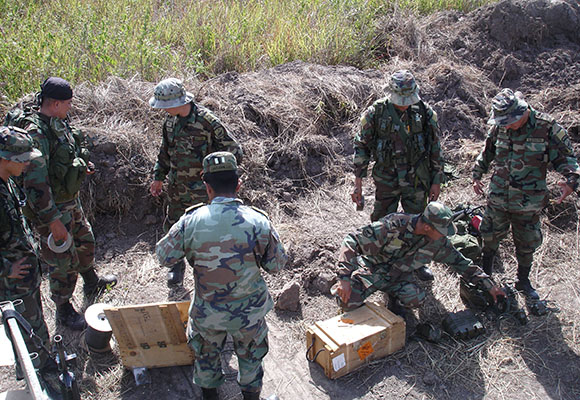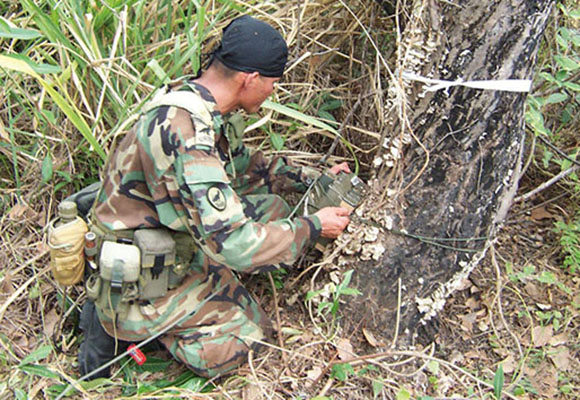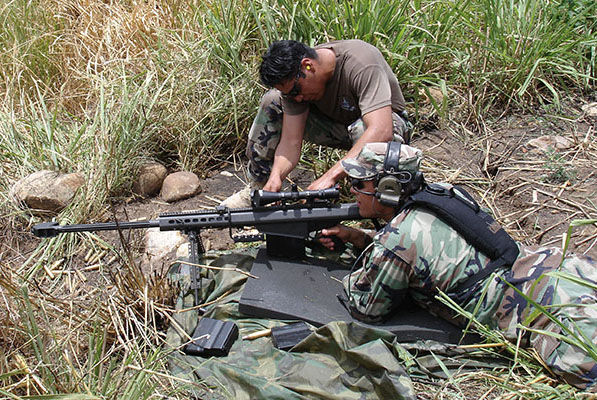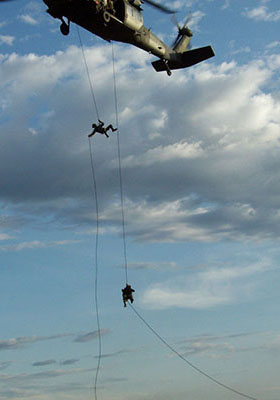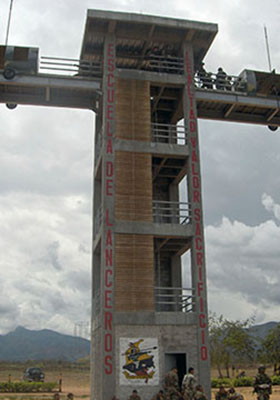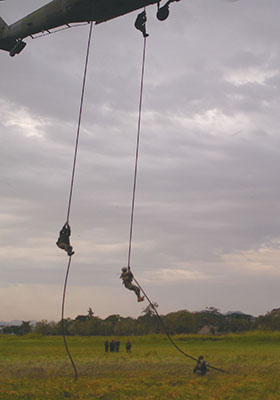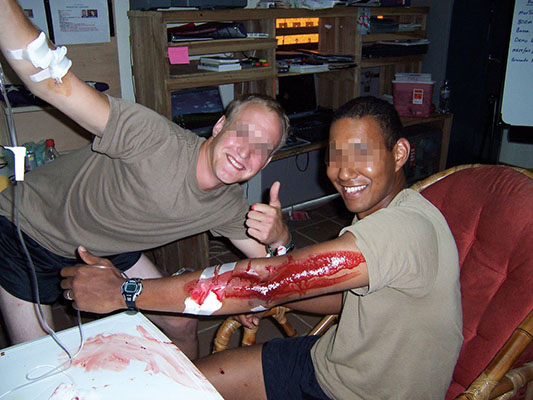DOWNLOAD
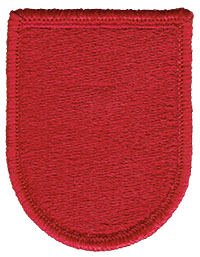

Numerous U.S. Special Forces (SF) teams have deployed to Colombia over the years to train Colombian Army elements at the sprawling base of Tolemaida. It was now time for Operational Detachment A 746. The element was stood up as the sixth operational detachment alpha (ODA) of A Company, 2nd Battalion, 7th Special Forces Group (2/7th SFG) in mid-October 2005. Besides being the newest ODA, 746 was also a “young” team. It was made up of four experienced Special Forces non-commissioned officers (NCOs), a new ODA commander, and six recent graduates of the Special Forces qualification course who had entered the Army through the “18X program.” These newcomers to Special Forces joined the 7th SFG in late October and early November 2005. During the first nine months, Red Cycle (support) interrupted team training. This article discusses the first overseas deployment for ODA 746. It was also the first SF deployment for most of the team members.1
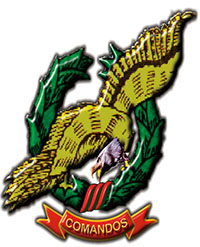

The training mission was typical for Special Forces, but it was to be Phase II training. The ODA was to “train the trainer” to enable Colombians to instruct and evaluate their own soldiers in advanced infantry tactics and techniques. ODA 746 was assigned two mission sets: train selected soldiers of the Special Forces Brigade (Brigada de Fuerzas Especiales—BRFER) and the Commando Battalion (Batallón de Comando Ambroseo Almaeda—BACOA) in advanced infantry tactics, advanced marksmanship skills, and airmobile operations. While both units are part of the Colombian special forces, they are assigned to different commands; the Special Forces Brigade is part of the Fuerza de Despequé Rápido (FUDRA, the rapid deployment force) and is a national-level force controlled by Colombian Army Headquarters. The second unit, the BACOA, is the Colombian special forces unit assigned to the COESE (Comando de Operaciónes Especiales Ejército). The COESE is the Colombian equivalent of a miniaturized U.S. Army Special Operations Command.2
Training foreign soldiers is always challenging. It is no different in Colombia. During the “train the trainer” classes, the Special Forces soldiers had to accept that their instructor students could be pulled out unexpectedly because their unit was going into combat. During the first week of training, five medics left training to rejoin their deploying units.4 The Colombian “battle rhythm” is typically ninety days in the field conducting security operations, followed by thirty days in garrison. During the garrison phase, the soldiers take leave and receive training. The ODA 746 mission in Colombia eventually evolved into assisting the Colombian instructors with sustainment training because of the operational tempo.5
The optimal training schedule prepared at Fort Bragg, North Carolina, was quickly adjusted when faced with reality at Tolemaida. Prior to beginning advanced marksmanship training, one of the first tasks was to assess the shooting skills of the students. The medics conducted both eye and ear screening for the Colombians; if they could not see the target, getting on the range was pointless. The Special Forces cadre then began with a simple “stress test” of shooting skills. It started with a short run that ended at the firing range. Then, the soldiers had to first engage several targets through a doorway before moving through the door into an open area to engage multiple targets. The stress test bypassed the usual antiseptic firing range that the soldiers had grown accustomed to and made the shooting realistic. During the stress test, it became evident that many of the Colombian soldiers had picked up bad habits, prompting one Special Forces NCO to ask, “Who taught these guys to shoot like Chuck Norris?” He meant “Hollywood” style—spraying the rounds from the hip, instead of aimed shots. These bad habits had to be corrected immediately.6

